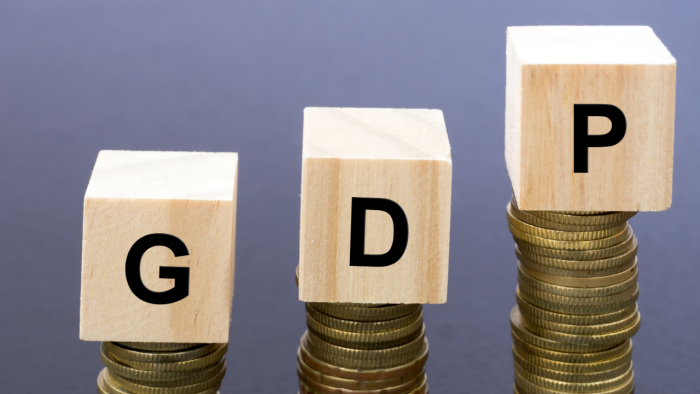India’s economic growth fell to 4.1 percent in January-March 2021-22, a four-quarter low, reflecting the impact of the Covid-19 pandemic’s Omicron wave on the manufacturing sector and contact-intensive services. The National Statistical Office reduced its year-on-year gross domestic product (GDP) growth forecast for the full fiscal year 2021-22 to 8.7%, down from 8.9% anticipated in February. In the years 2020-21, the economy shrank by 6.6 percent.
Buy Prime Test Series for all Banking, SSC, Insurance & other exams
KEY POINTS:
- GDP growth in the fourth quarter was lower than the 5.4 percent recorded in the October-December quarter, but higher than the 2.5 percent experienced in January-March 2021.
- The GDP figure for FY22 is noteworthy since it shows growth in the year following the outbreak of the Covid-19 epidemic in 2020.
- The most recent estimate of GDP growth is lower than the second advance estimate of 8.9% (published on February 28) and the first advance estimate of 9.2%. (released in January).
- India’s GDP growth rate is expected to be 7.2 percent in 2022-23, according to the Reserve Bank of India (RBI).
- Manufacturing was the only one of the eight main sectors to contract in the January-March quarter, with a -0.2% contraction, largely due to the high base of 15.2% in the fourth quarter of 2020-21.
- In the October-December period, manufacturing increased by 0.3%. Agriculture expanded by 4.1 percent in the fourth quarter, while the mining and quarrying and construction industries grew by 6.7 percent and 2.0 percent, respectively.
- Except for trade, hotels, and transportation, all sectors of the economy exhibited stronger recovery in FY22 compared to pre-Covid levels in FY20, according to statistics he supplied.
In Q4 of FY22, private final consumption expenditure — a measure of individual consumption of goods and services – increased by 1.8% year on year. Gross fixed capital creation (GFCG) increased by 5.1 percent, which is a proxy for investment activity. Government final consumption expenditure increased by 4.8 percent in January-March, bolstering the economy.
Gross Value Added (GVA) increased by 8.1 percent in FY22, compared to a decline of 4.8 percent the previous year. In nominal terms, which account for inflation, GDP is expected to expand by 19.5%, compared to a fall of 1.4% last year.
Separately published statistics for government accounts revealed that the fiscal deficit for 2021-22 was 6.71 percent of GDP, lower than the 6.9 percent forecast by the Finance Ministry in the updated Budget Estimates. According to another statistic issued, the output of eight infrastructure sectors — coal, crude oil, natural gas, refinery products, fertiliser, steel, cement, and power — increased by 8.4% in April, compared to a 62.6 percent increase the previous month. In March, it increased by 4.9 percent.




 Overall LFPR Show Upward Momentum as Une...
Overall LFPR Show Upward Momentum as Une...
 BofA Report: India Tops Global Charts in...
BofA Report: India Tops Global Charts in...
 Sculptor Ram Sutar, Designer of Statue o...
Sculptor Ram Sutar, Designer of Statue o...







